Usually, it’s a worrying sign when a game is best known for being divisive, but some games were always meant to polarize. While that may sound like a bizarre, potentially terrible idea, some of the most influential games of all time were designed to be hated by some and loved by others.
Being Divisive Isn’t a Bad Thing
Describing anything as “divisive” usually comes with a negative connotation, and that’s especially true for video games. At best, most games that can be considered “divisive” or “polarizing” have strong gameplay or memorable stories buried under a myriad of problems. This includes infamous games like Dark Souls 2, Final Fantasy XIII, and Assassin’s Creed: Unity; all of which have their own cult fanbases, but even their staunchest defenders would agree that these games are far from flawless.
Although “divisive” tends to be used as a back-handed compliment, not every game earns this reputation through its faults. Whereas most games spark arguments over their review scores, there are some games controversial enough to split audiences through their premise alone—and not just in the Grand Theft Auto or Night Trap sort of way that always ends with unwanted attention from lawmakers and the ESRB.
Games don’t always have to be crowd-pleasers, and some titles disregard genre conventions and common gaming tropes to bring their experimental ideas to life. The methods and intentions behind these consciously controversial games can greatly vary, with some experiments being designed for the sole purpose of angering players or appealing to the most niche audience imaginable. That might sound like a terrible idea, and I’m sure many divisive design decisions in these games have inspired countless players to take an express trip to the refund page. But strange as it may sound, many intentionally polarizing games are more important than you probably realize.
Risky Ambitions Will Always Resonate With Someone
Divisive games are always built on risky concepts—some of which will turn away plenty of players with the premise alone—but they’re also capable of fulfilling specific niches in ways that no other games would ever dare to touch. Whereas surefire hits use tried and true tropes to shape an experience most players will already know they’ll enjoy, gaming’s most polarizing releases center around ideas that we rarely—if ever—see in games. Many of these games throw common design sense and genre expectations out the window, and they’re all the better for it.
One of the most influential games to become infamous for its strong split in critical reception was 1999’s Shenmue. Most players went into it expecting an open-world brawler revolving around teenage martial artist Ryo Hazuki’s quest to avenge his father. Instead, they were treated to a leisurely, daily life simulator wherein you interview the residents of a small town and gather clues leading to an elusive killer. It’s less Like a Dragon, and more like L.A. Noire.
But if you’re willing to immerse yourself in its small-town ambiance and charmingly awkward dialogue, Shenmue reveals itself to be one of the most impressive games ever made. Everything in Shenmue is presented with the same obsessive over-attention to detail, whether it’s the hundreds of NPCs that roam the streets of Dobuita with their own unique schedules or the ability to pick up and interact with practically any item you find scattered around the world. Even the sparse moments of combat and mandatory forklift driving (I swear, it’s not as bad as it sounds) are given a shocking level of care, featuring more depth and variety than most full-length games. Not everyone will have the patience for the aimless exploration and tedious tasks that make up the bulk of Ryo’s journey, but very few other games let you get lost in their setting quite like Shenmue.
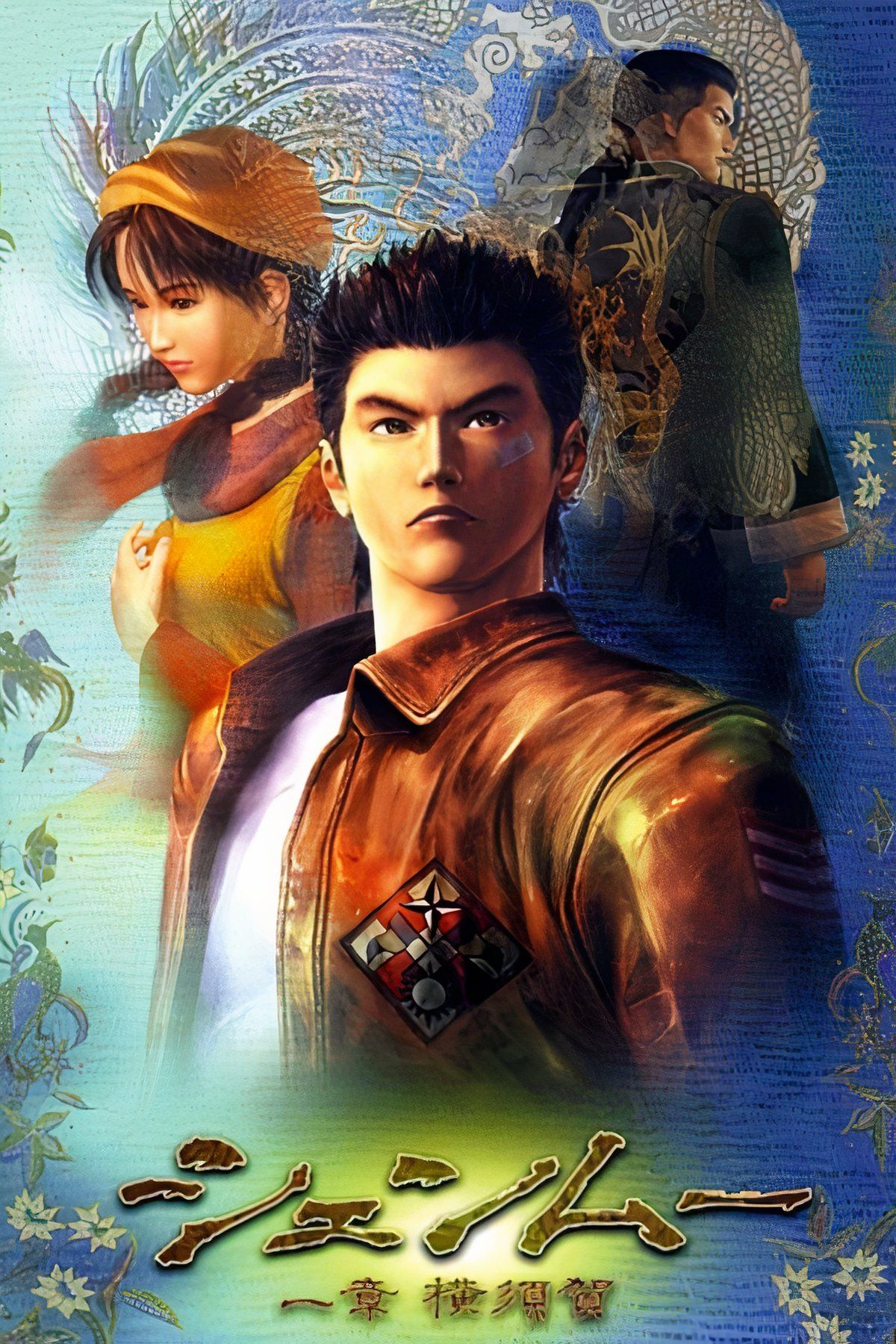
Shenmue
- Released
-
December 29, 1999
- ESRB
-
t
- Developer(s)
-
Sega
- Publisher(s)
-
Sega
- Engine
-
Unreal Engine 4
Games have only grown bolder over time, and new releases are constantly pushing the envelope on the types of divisive experiences that can only be found in video games. Much like Shenmue, 2019’s Death Stranding divided players when it revealed itself to be a post-apocalyptic package delivery simulator, and not the strictly stealth-action adventure fans expected from the creator of Metal Gear Solid. For many players, the struggles of navigating the game’s harsh terrain solely for the purpose of delivering packages and experiencing a convoluted story wasn’t worth the effort.
What little combat existed in the game was spread out between brief interactions and a story buried within hours of audiologs and optional reading material. Despite the mixed reception, Death Stranding‘s cryptic storytelling, weirdly cozy gameplay, and central theme of building “bridges” between people—both literally and figuratively—struck a chord with many players and delivered an unexpectedly timely message just before the real-world events of 2020.
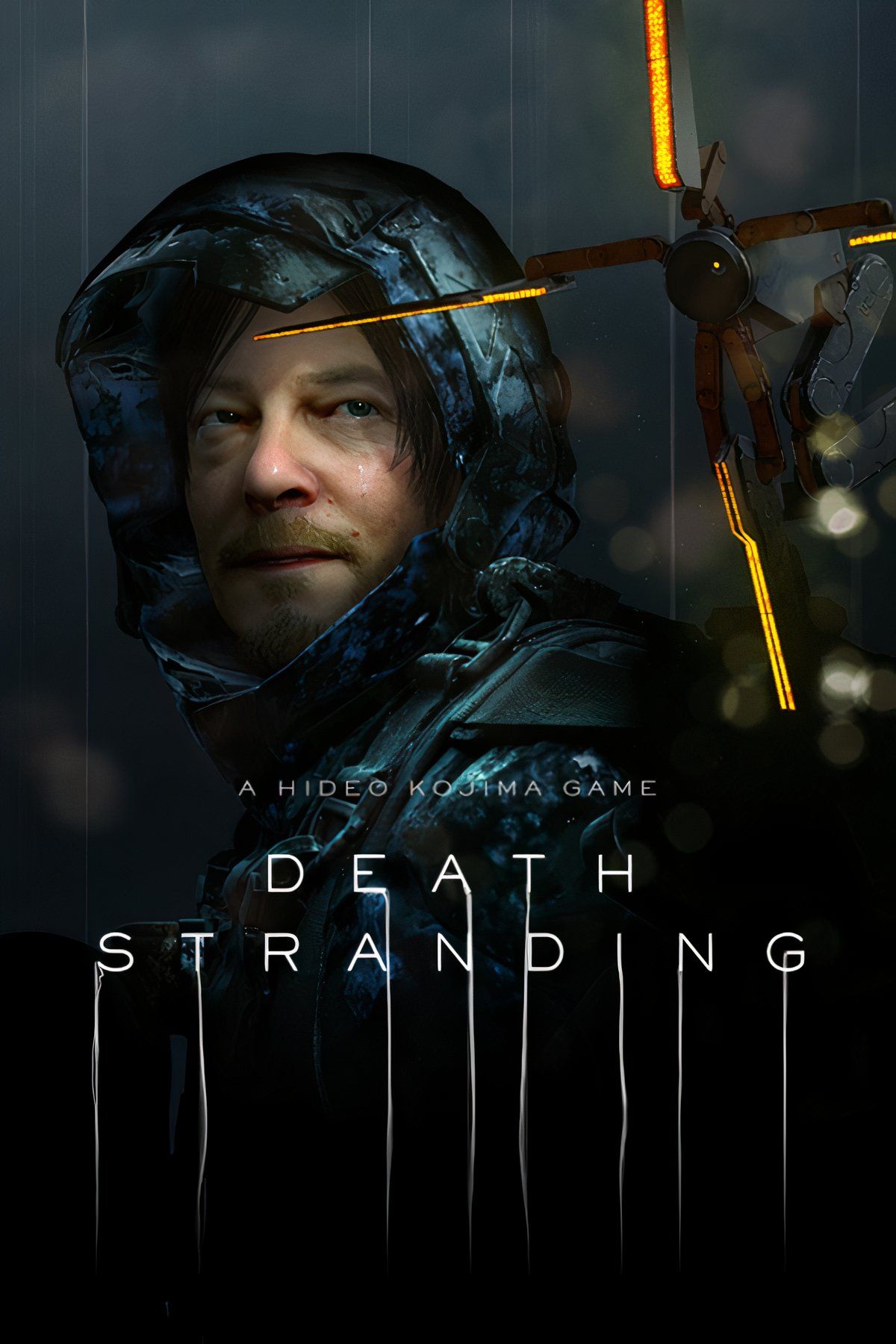
Death Stranding
- Released
-
November 8, 2019
- ESRB
-
M for Mature: Blood, Intense Violence, Partial Nudity, Strong Language
- Developer(s)
-
Kojima Productions
- Publisher(s)
-
Sony, 505 Games
Games aren’t always divisive because of their gameplay. Even games that fit into more traditional genres can find artistic ways to deviate from the norm. Oftentimes, games will use their stories to carry the weight of their controversy. Over a decade after its release, countless shooter fans and video essayists are still arguing over Spec Ops: The Line, and its infamously subversive satire of the endlessly-popular military-shooter genre. Despite looking and playing like any other third-person shooter of its era, Spec Ops: The Line isn’t about feeling like an empowered action hero or a noble soldier fighting for a greater cause. Its goal is to disturb you, to push you away, to test how far you’re willing to go to follow orders—and whether you can justify your choices by the end of the mission.
Adding to that divisive nature are the numerous ways to interpret Spec Ops: The Line‘s story and understand its message beyond the scope of the game. For some, The Line is strictly a satire of the military shooter genre and a grim parody of the dissonance between its bombastic stories and graphic violence. Others might argue that it’s a broader commentary on war itself; a biting critique of those who justify or glorify the atrocities of war. Its disturbing subject matter and heavy themes were always guaranteed to place Spec Ops: The Line in the firing line of criticism and disagreement from its players. But whether you agree with its message, Spec Ops: The Line and its thought-provoking story haven’t left the minds of its players all these years later.
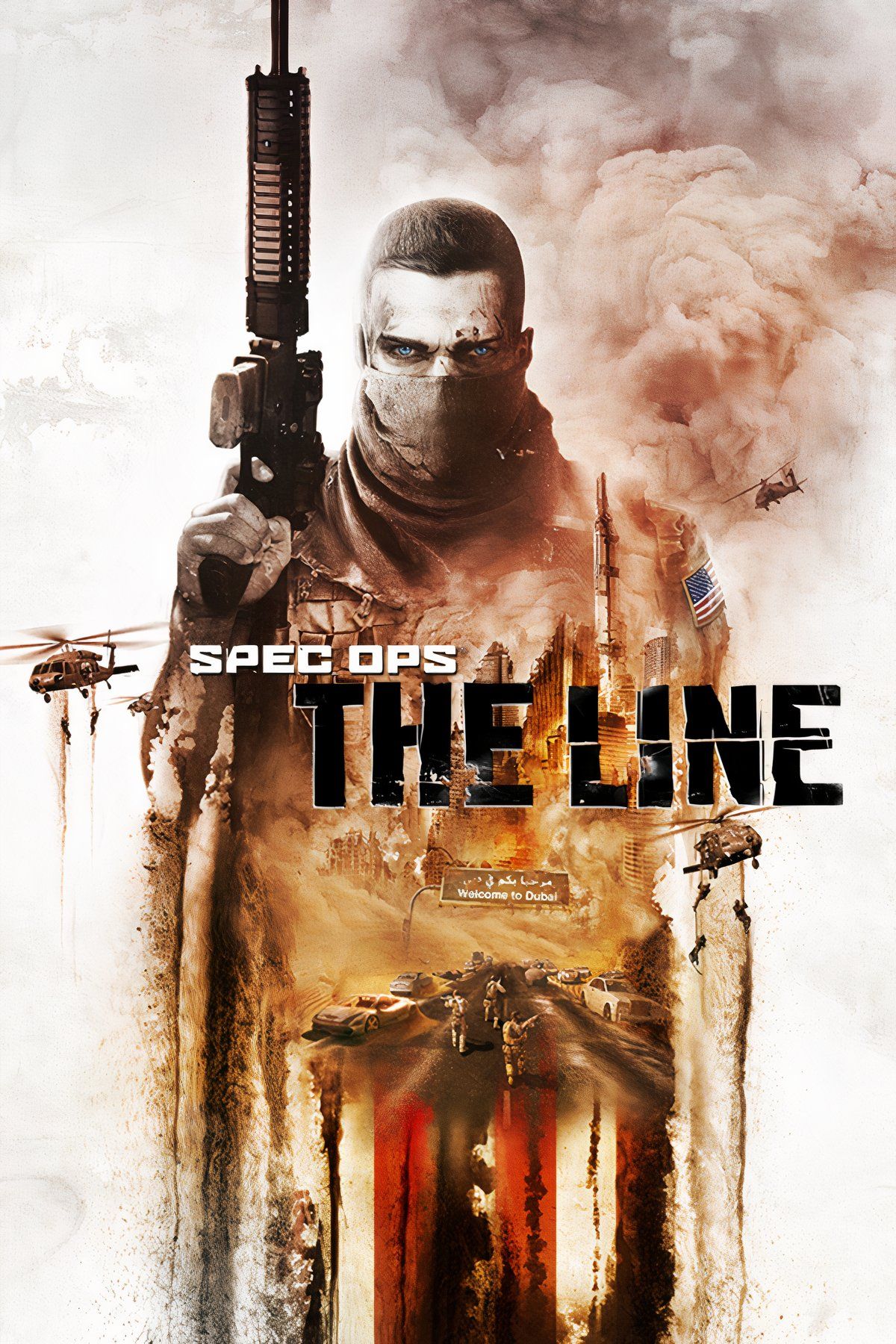
Spec Ops: The Line
- Released
-
June 26, 2012
- ESRB
-
M For Mature 17+ Due To Blood and Gore, Intense Violence, Strong Language
- Developer(s)
-
Yager Development
- Publisher(s)
-
2K Games
- Engine
-
havok, unreal engine 3
Thankfully, there are brighter ways for games to be polarizing—maybe even too bright. I’ve repeatedly tried to enjoy Cruelty Squad, a first-person stealth-action sandbox that seems to have all the ingredients for a game that I would wholeheartedly love…if it wasn’t for its unapologetically painful presentation. Everything in Cruelty Squad is aggressively bright and visually eclectic, down to the messy UI that prioritizes neither form nor function and the eye-melting obsession with colorful, conflicting patterns painted on every surface.
Despite this, I still respect Cruelty Squad for its commitment to being the most butt-ugly game I’ve ever laid my eyes upon. Besides being visually striking and giving the game an unforgettable aesthetic, its abrasive style is also consistent with its story and setting: a bizarre world of corporate backstabbing, contract killing, and organ harvesting where life is worth less than the reward for ending it. Much like the way it presents itself, Cruelty Squad is surreal, offensive, and will either leave you with a migraine or eager to see more of its kaleidoscopic hellscape.

Cruelty Squad

- Released
-
January 4, 2021
- ESRB
-
t
- Developer(s)
-
Consumer Softproducts
- Publisher(s)
-
Consumer Softproducts
Love them or hate them, divisive games never fail to be memorable. I can’t say I enjoyed Death Stranding or Cruelty Squad, but I still fondly remember them for being unlike anything else I’ve ever played. I’ve even considered giving these games a second chance, just to see what exactly I missed that captured the hearts of many other players.
However, a game’s most polarizing parts will always feel far more impactful when they align with your tastes. If a game is willing to alienate some players with its vision, you can expect it to commit to that vision all the way. It’s that push for creativity that allows divisive games to resonate so strongly with their fans and even inspire other creators to follow suit.
Niche Ideas Don’t Always Go Underappreciated
Unsurprisingly, most studios are hesitant to make deliberately divisive games. For obvious reasons, the idea of alienating a large portion of players just to appeal to a niche audience can seem counterproductive to the goal of maximizing profits. Part of the reason that Shenmue became the poster boy for divisive video games is its disastrous sales performance. However, it should be noted Shenmue was also the most expensive video game ever developed at the time and would have needed to outsell its own home console—the already-failing Dreamcast—just to break even, so it’s hardly a fair comparison. Nevertheless, game companies aren’t always willing to take risks, preferring to continue relying on proven concepts and popular trends—even if that strategy hasn’t been working out in recent years.
Against all odds, divisive games aren’t always the financial failures that you might assume. Indie games like Getting Over It with Bennett Foddy, Journey, and the aforementioned enemy to my eyeballs, Cruelty Squad, are all either strongly loved or hated by players. Despite their humble origins and limited appeal, each of these games launched their respective creators into the mainstream spotlight and remain widely recognizable to this day.
Big-budget sequels aren’t usually known for being nearly as experimental, but the rare exceptions that intentionally stray from series expectations are sometimes remembered more fondly than their predecessors. Rockstar Games remains one of the most successful studios in the history of gaming, but it’s never been afraid of going against the grain. Grand Theft Auto IV sold as well as you would expect for a GTA game, despite its darker tone and more grounded action, making it one of the most controversial (again, not in the usual GTA manner) entries in the series. Red Dead Redemption 2 drew similar ire for its commitment to creating an experience that prioritized realism over player convenience, but that made it a hit with fans who appreciated its uncompromising depiction of life as an outlaw in the wild west.
However, no series has as much history with divisive sequels as Final Fantasy. Every new entry has shaken up the JRPG franchise with radical innovations and bold changes, for better or worse. Even going back to its second entry, these changes haven’t always been received positively. The series has plenty of polarizing entries with controversial inclusions like VIII‘s convoluted junction system, XII‘s autoplay gambit system, X-2‘s flashy dresspheres, XVI‘s hack-and-slash combat, and whatever you want to call the misunderstood masterpiece that is Stranger of Paradise. Despite never going out of its way to appease everyone, Final Fantasy‘s unwavering commitment to letting each new installment be completely different means you can probably find at least one entry that’s right up your alley.
Just because a game is divisive doesn’t mean always it’s guaranteed to be unsuccessful. Our preferences are shaped by the games we play, and it’s impossible to know if we’ll like a specific game without getting the chance to try it for ourselves. Open-world games, sports games, and competitive shooters are all massively popular thanks to the countless different games that have introduced new players to these genres. Sometimes, a niche genre just needs a risky game like Dark Souls or Vampire Survivors to become a global sensation.
More Games Need to Take Chances
We’re used to seeing countless live-service shooters and checklist-driven open worlds releasing every year, but that doesn’t mean games have become any less willing to be divisive. Over the past few years, we’ve seen risky decisions shape newer games through the extremely polarizing story of The Last of Us: Part II, the streamlined combat of Guilty Gear Strive, and the controversial shift to turn-based combat in Yakuza: Like a Dragon. However, too many other games with bold ideas are often neutered by a fear of committing too hard to a specific direction that players may not like, often resulting in a mishmash of evocative concepts with shallow executions.
I don’t mind seeing more games that are meant for highly specific audiences that don’t share the same interests as me. It’s better for games to follow a clear vision, even if we end up hating where it lands. I’d rather be able to ignore a game or at least get a memorable experience out of playing it, instead of being let down by a mediocre title that could have been better, but was too indecisive to commit to any specific direction. When games try to appeal to everyone, they end up pleasing no one. To avoid that mistake, more games need to be willing to take risks on unpopular ideas.

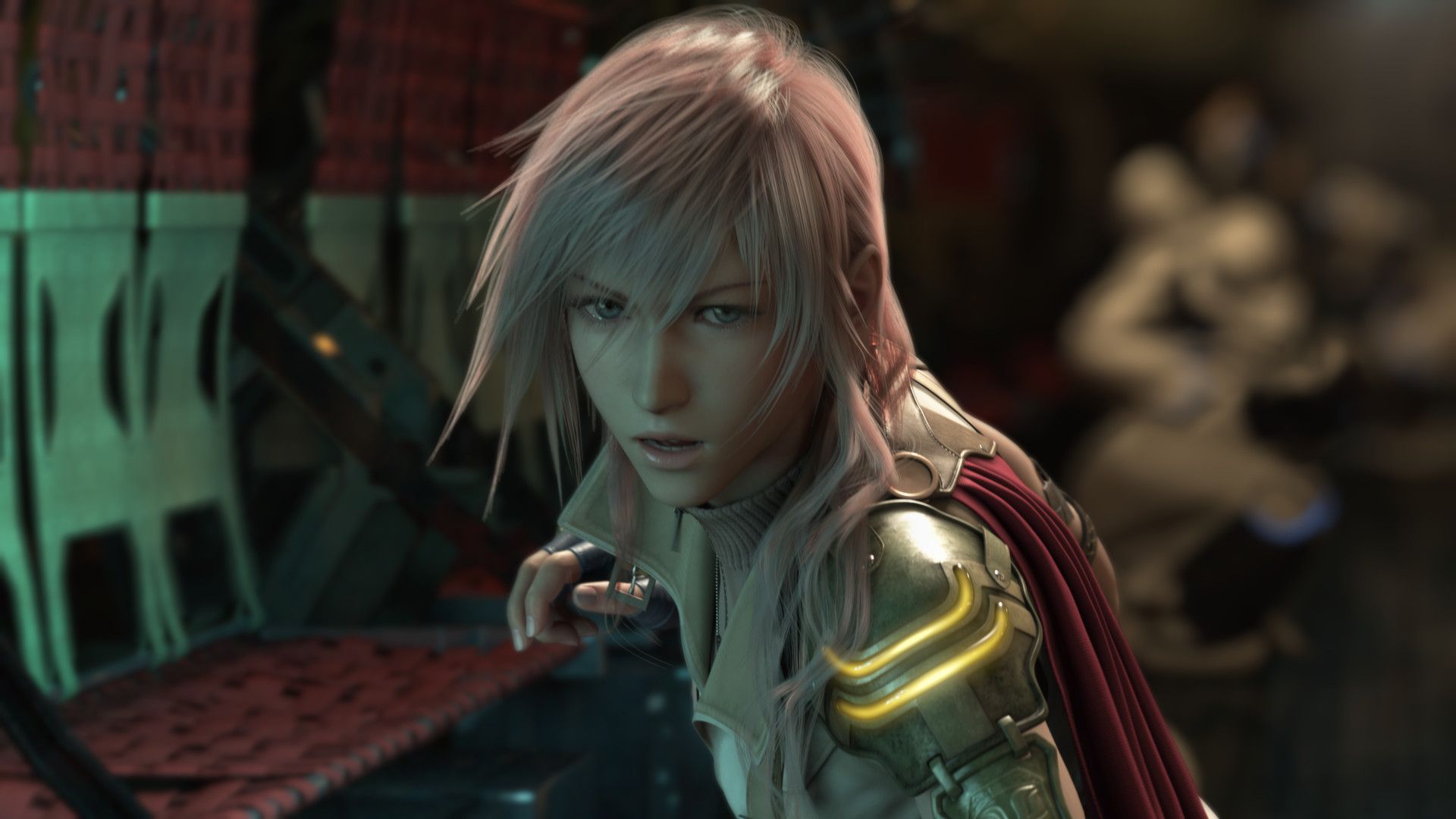


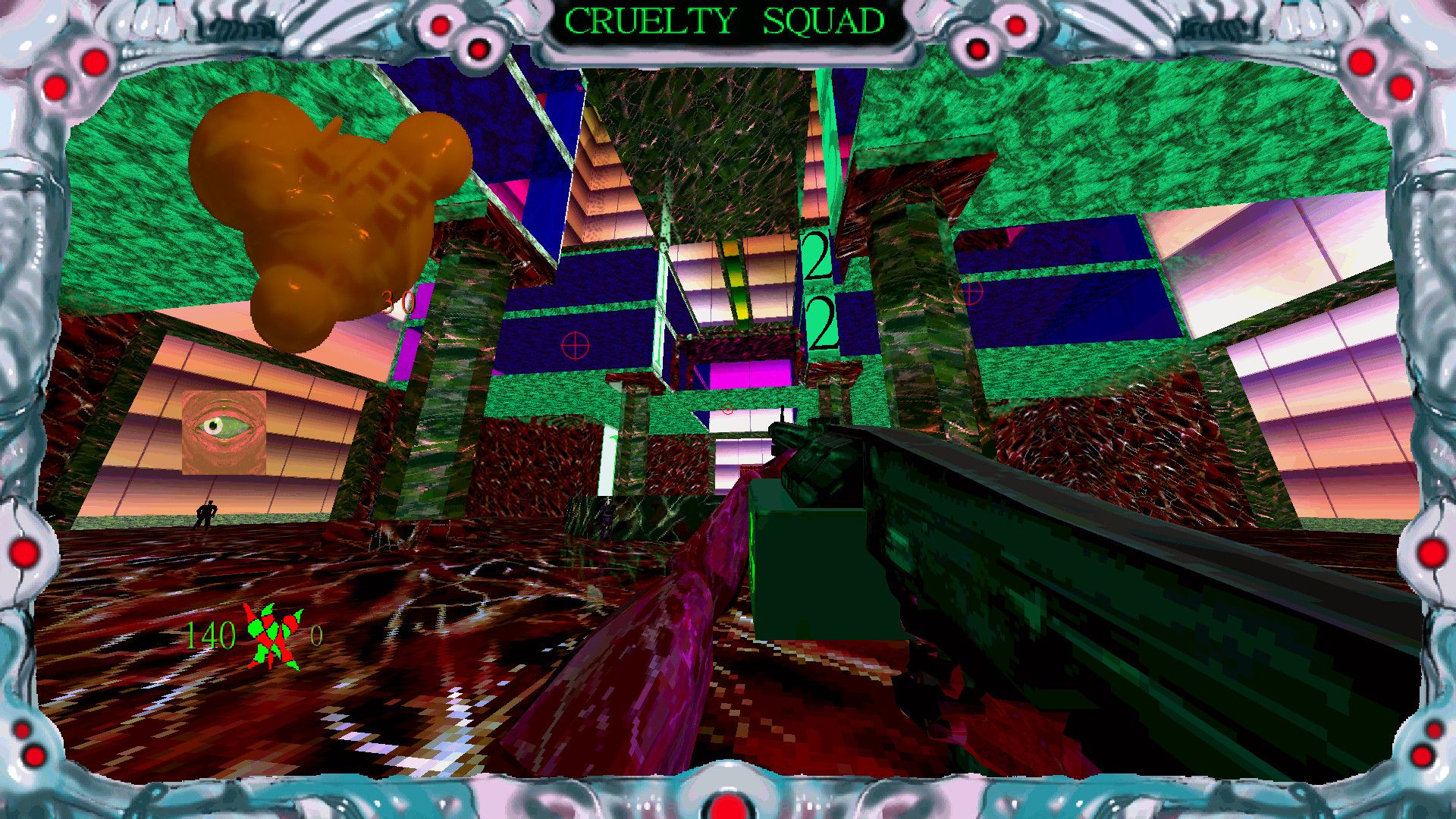

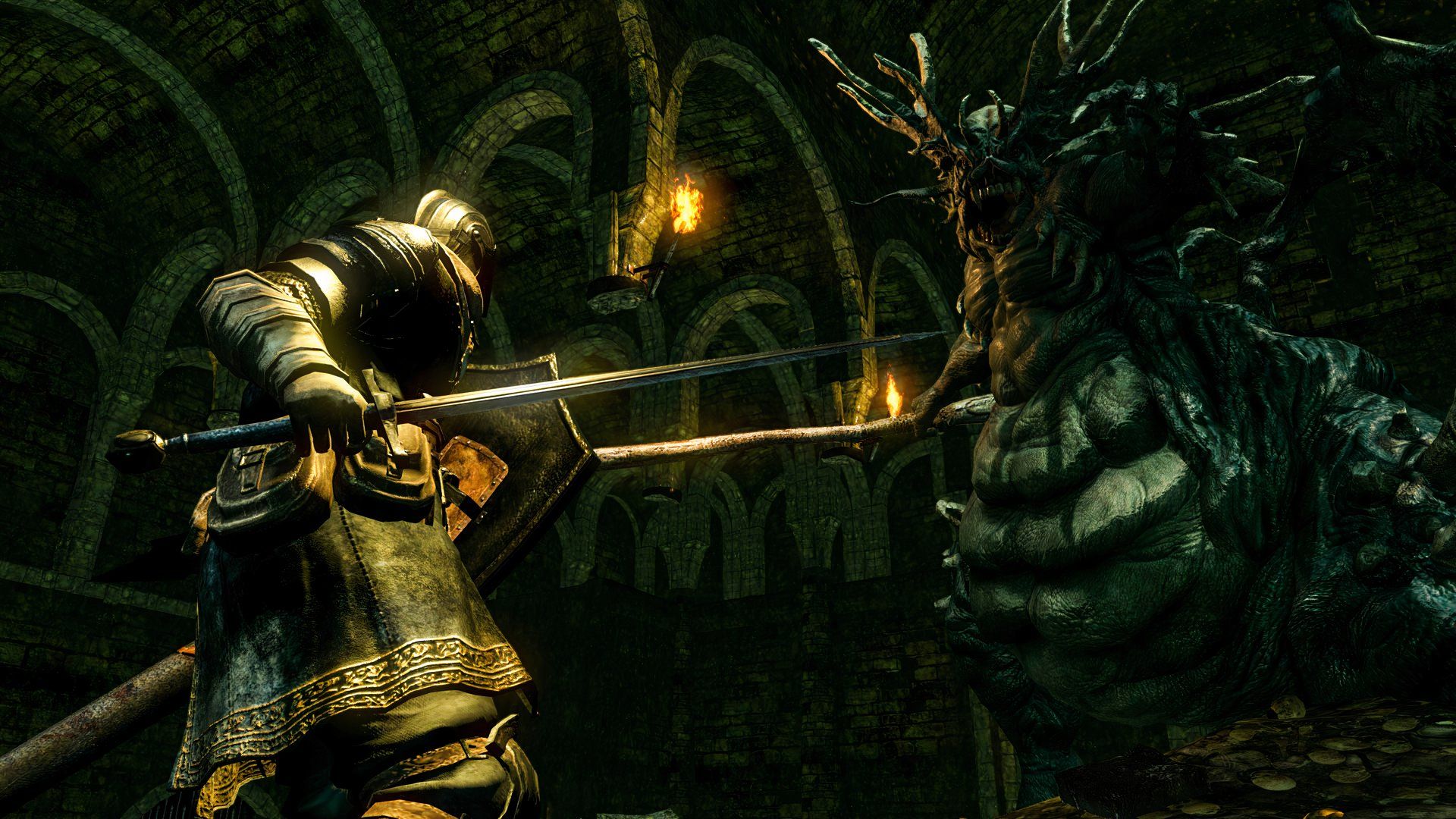

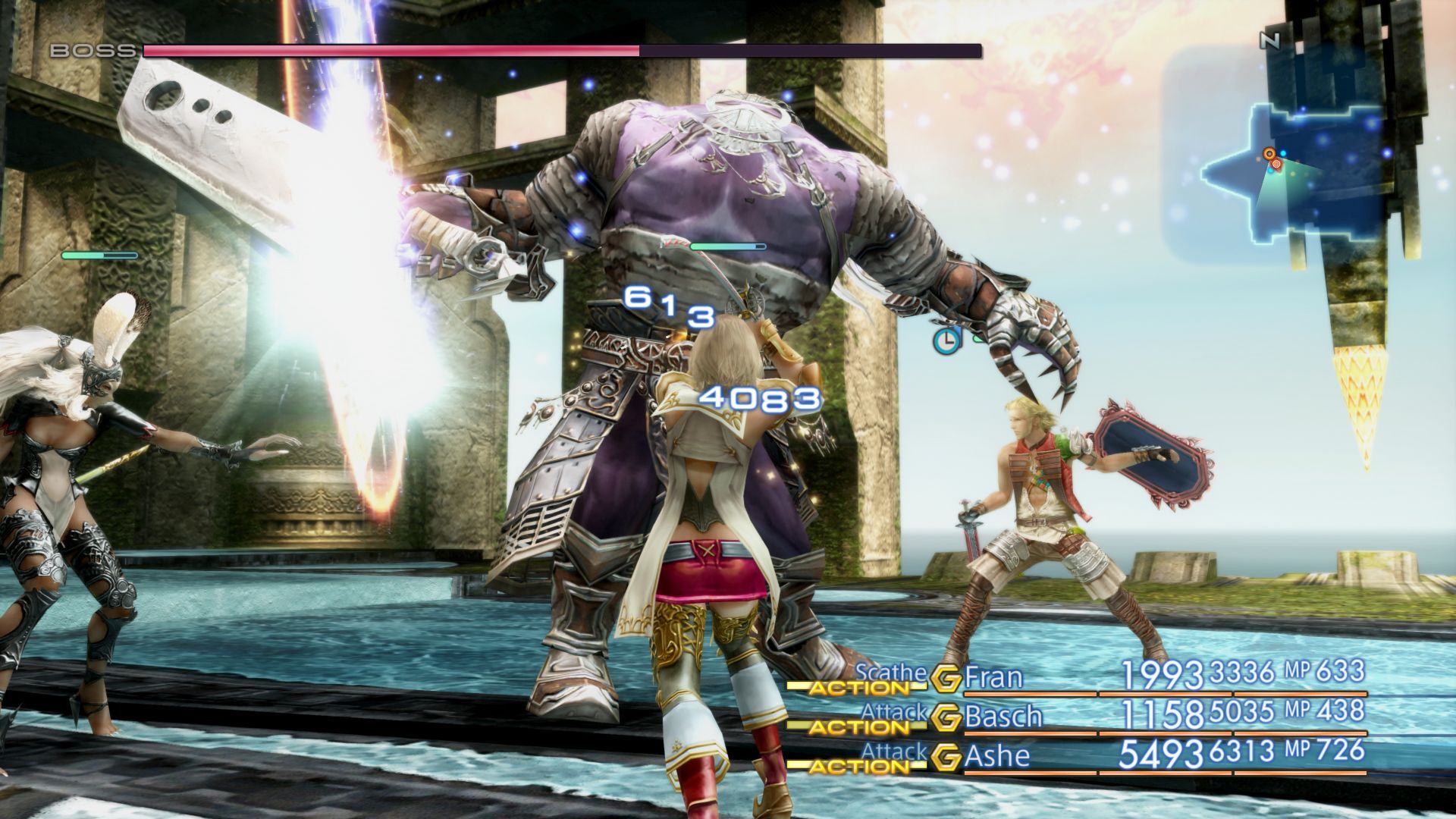
:max_bytes(150000):strip_icc()/errorcode0x80004005-047aa11751094d5888543c4ef77e7bcb.jpg?w=1174&resize=1174,862&ssl=1)


:max_bytes(150000):strip_icc()/CoolWebsitesBored_3486362-6ad0f2fc3dd040dd8839fcd1d949e6ce.png?w=1174&resize=1174,862&ssl=1)
Leave a Comment
Your email address will not be published. Required fields are marked *